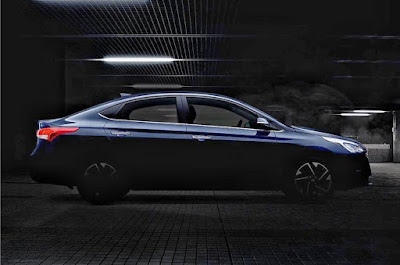There
are now many different ways to buy a car and several things to consider when looking for a car. On the one hand at the
local dealer and on the other hand on the Internet. What has worked perfectly
with used cars for many years now also works when buying a new car. But when it
comes to so much money, it is best to know what you are doing before starting
your search. It is also smart to have a checklist that could also help you buy
a new car. Overall, it's all about the equipment, the price and what criteria
the new car should meet. If you have a precise idea, attractive discounts can
save a lot of money.
Model
changes
New
car buyers should pay attention to the so-called model year change. Without the
general public noticing it, the manufacturer changes some vehicles from year to
year. The equipment expands and small errors and subtleties are changed.
Depending on thetime of purchase, you should wait for this
change if necessary.
If
you place less emphasis on driving the latest generation, you should pay
attention to the generation change. This can be explained well using the
example of the VW Golf. Just before the Golf 7 hit the market, old-generation
discounts rose. So, if you decide to buy a VW Golf at the right time, you could
save a lot of money.
Alternatives
Even
though a person already knows what car they want, it is still worth looking at
alternatives. The internet has developed comparators for this. For example, if
you have chosen the Mercedes A-Class, but would be open to alternatives, if the
quality and price are right, there are websites that offer opportunities to
compare individual models. To do this, you simply have to reconfigure the
desired model and select brand and model at the beginning. Once the
configuration is complete, you first take the model and finally the brand out
of the filters. This will show you all the vehicles that match your criteria.
By sorting according to the price, you can find cheaper alternatives.
As
part of the configuration, it turns out that you want to choose many optional
equipment features. There is also a lucrative trick here. Do not take the
cheapest equipment, but the middle or the highest equipment and compare. In
most cases, many features are already standard in the higher equipment lines.
Compared to the low equipment with many extras, you can save money here.
Pricing
There
are numerous special offers, especially on the Internet.
Sometimes you can buy, lease or finance new cars directly with insurance and
the most important features. However, leasing offers are particularly popular
as well as pricing. An important factor when buying a car is the transfer
costs. You should be careful here because new cars are often advertised with
high discounts, which in the end are hit by the significantly higher transfer
costs. And here is a small list of what you should consider when buying a car:
· Pay attention to the model year change
· Search for alternatives with a comparator
· Rather take higher equipment than the smallest and
stuff it with extras
· Fit in the color choice
· Pay attention to special offers
· Comparison of transfer costs (not just the discount)
Not only are tips forbuying a carare important but above all a checklist of how to get
the perfect car. Budget and equipment play an important role, but financing or
the right drive must also be taken into account.













